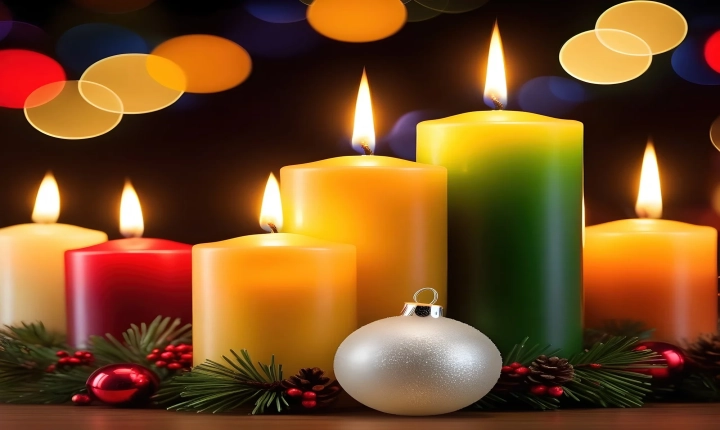Title: Exploring the Intersection of Art and AI: The Rise of AI-Generated Art
In recent years, a new wave of creativity has emerged at the intersection of technology and art, driven by the emergence of AI-generated art. With the increasing capabilities of artificial intelligence, artists and creators are exploring new ways to merge their creativity with AI algorithms, producing stunning and thought-provoking works of art.
AI-generated art, also known as “artificial intelligence art” or “AI art,” refers to the use of machine learning algorithms and other AI techniques to create works of visual art, music, literature, and more. This growing field is gaining traction across the art world, challenging traditional notions of authorship, creativity, and artistic expression.
One of the most intriguing aspects of AI-generated art is the collaborative relationship between human artists and the algorithms they utilize. Artists are increasingly using AI as a tool to enhance their creative process, leveraging the technology to generate new ideas, explore unconventional artistic techniques, and overcome creative blocks.
In the realm of visual art, AI has been used to create mesmerizing and abstract paintings, intricate digital sculptures, and innovative mixed media pieces. For example, artists have utilized generative adversarial networks (GANs) to produce surreal and dreamlike images that challenge conventional artistic conventions. By training these algorithms on vast datasets of existing art, AI systems can create new and unique pieces that can captivate and inspire viewers.
Another prominent application of AI in art is in the field of music composition. AI algorithms can analyze vast musical databases to generate original compositions that reflect a wide range of styles and genres. From classical symphonies to experimental electronic music, AI-generated music is pushing the boundaries of what is possible in the realm of sonic creativity.
Furthermore, AI is also being used to craft compelling narratives and poetry. Natural language processing (NLP) algorithms can analyze vast corpuses of literature to generate new stories and poems, blurring the lines between human and machine-generated writing. This intersection of AI and literature has sparked intriguing discussions about the nature of storytelling and the evolving role of technology in the creative process.
The rise of AI-generated art has not been without its controversies and ethical implications. Critics argue that the use of AI in art can raise questions about authenticity, creativity, and the role of the artist in the creative process. Additionally, concerns about copyright and ownership rights have surfaced as AI-generated art blurs the lines between human and machine authorship.
Despite these challenges, AI-generated art has the potential to revolutionize the art world, offering new means of creative expression and expanding the boundaries of what is possible in artistic endeavor. As AI technology continues to advance, we can expect to see even more compelling and thought-provoking works of AI-generated art that challenge our perceptions and inspire new forms of artistic expression.
In conclusion, the emergence of AI-generated art represents a fascinating convergence of technology and creativity, with profound implications for the future of artistic expression. By embracing AI as a creative tool, artists are pushing the boundaries of what is possible in the world of art, paving the way for a new era of innovation and collaboration. As we look to the future, the potential for AI-generated art to inspire, challenge, and captivate audiences around the world is truly remarkable.
